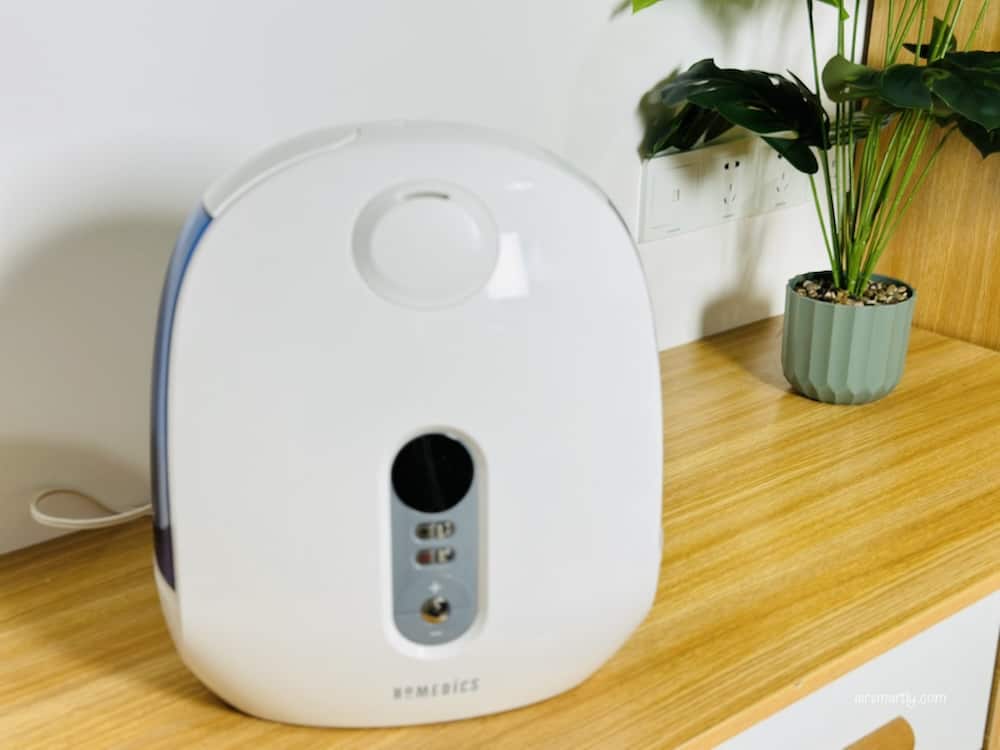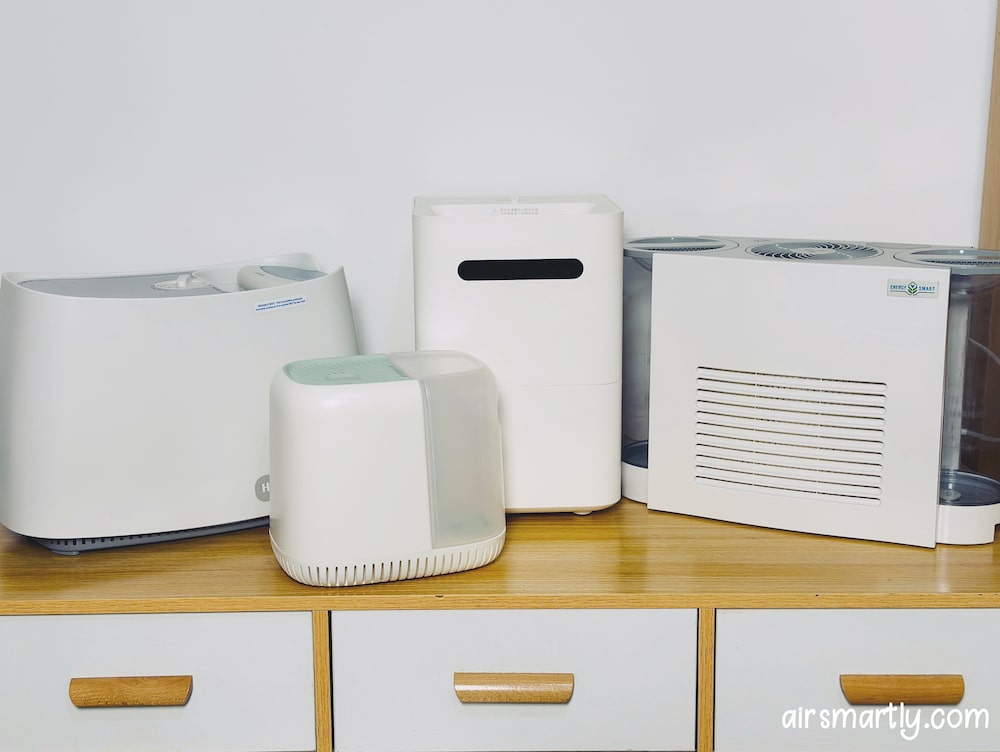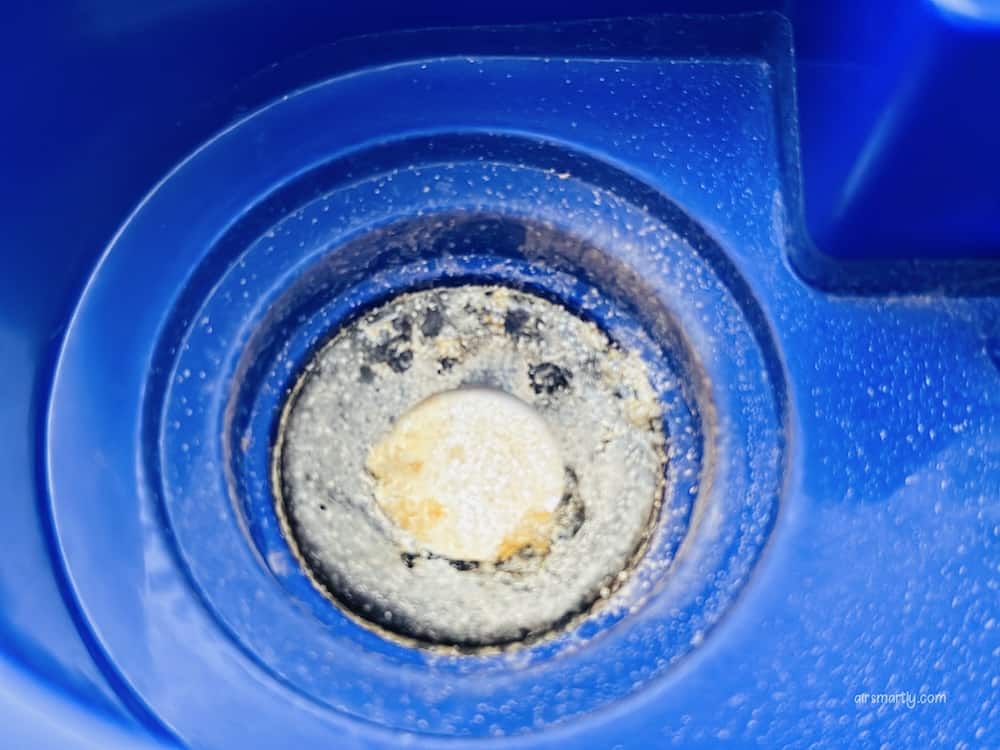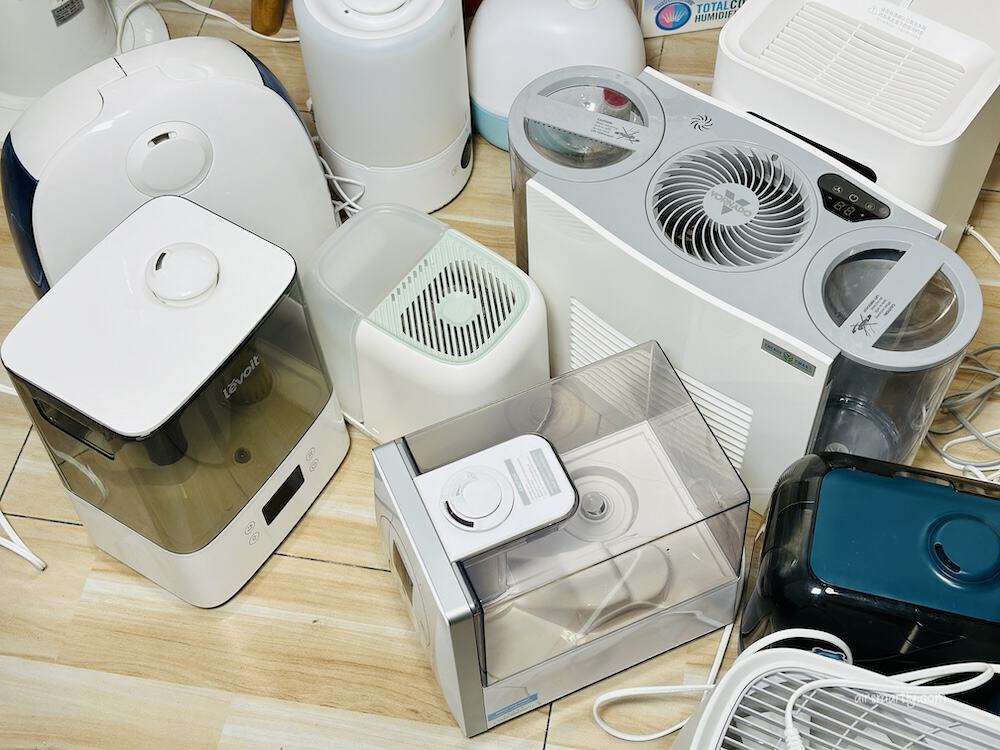For many of us, the winter months mean agony. The cold and dry air causes dry skin, parched throat, congestion, and other respiratory issues. Using a humidifier can help relieve these conditions, and we can’t live without it. But we are also concerned about what a humidifier will do to the items at home. For example, do humidifiers damage wood furniture?
A humidifier can damage wood furniture if the room gets over humidified. But as long as you maintain the indoor humidity level within a specific range, it can protect the furniture.
You need to pay attention to many details while using a humidifier with furniture, especially wooden furniture. I have written down all I know about this subject in the following sections. To save money and effort, let’s dive in!
How does humidity affect wood?

Humidifiers work by releasing moisture particles into the air to improve indoor humidity. To figure out the relationship between humidifiers and wood flooring and wooden furniture, you should understand the impact of moisture on wood.
The perfect humidity level for wooden furniture is 50% to 55%. The humidity that is too low or too high will wreak havoc.
What happens to wood in high humidity?
Wood can absorb moisture from the air. When the air is too damp, the moisture particles will get into the wood, causing swelling.
Wood is not as elastic as you expect. If exposed to high humidity for a long time, it will not return to its standard shape again.
So it is common to see some pieces of furniture get warped or split at home. The doorframes and window frames are also the place that is more prone to warping.
What happens to wood in low humidity?
While high humidity level is bad for wood, low humidity can also result in damage. That’s why many people use humidifiers for wood furniture.
When the air is too dry, the air will suck up the water in the wood, leading to gaps between planks and shrinking. The gap will close when the humidity is back to normal. However, when the wood shrinks too much, it will cause permanent damage to the wood.
Hence, to maintain a good state of your wood flooring and furniture, you should keep the indoor humidity within an ideal range.
Can you put a humidifier on wood flooring or a wooden table?
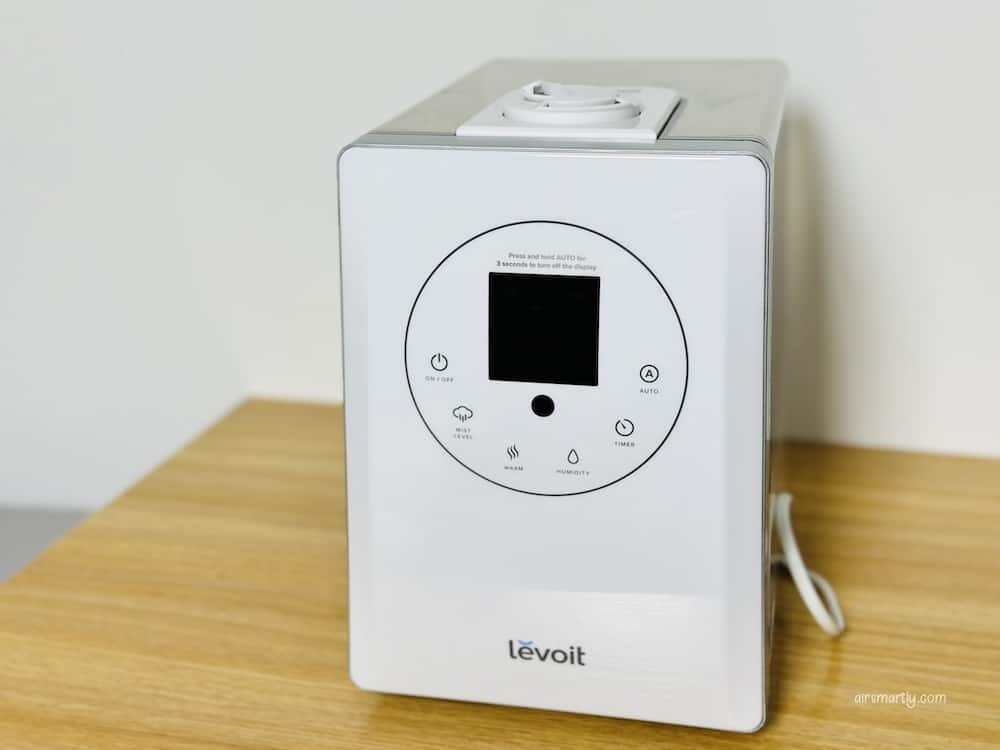
As I mentioned above, you can use humidifiers to raise the humidity level to protect the wood from shrinking. Placing a humidifier is beneficial not only to you but to your wood furniture and flooring.
However, where you put the humidifier matters. The humidifier, especially an ultrasonic humidifier, will create a condensed area around the machine which will be very wet. If you put wooden items in this area, the humidifier may ruin them over time.
Therefore, you’d better avoid putting your humidifier on wood flooring or table because the condensation will form, leading to swelling and the growth of mold in the end.
Some models come with a high base. In this case, you can place it on the floor since less moisture will land on the floor.
What to consider when using a humidifier with wood furniture?
Even though a humidifier has the potential to damage wood furniture, you shouldn’t worry too much about it. You can take some measures to protect your wooden furniture from high humidity.
Choose the right size
Humidifiers are identified as being appropriate to the certain square footage of a room. When putting a large humidifier in a small space, there is more likelihood of over-humidified air.
To ensure the humidity level falls into an ideal range, you should pick a model with the correct size. A model that is too large can ruin the wooden furniture in the room.
Some types of humidifiers are better

Evaporative humidifiers and whole-house humidifiers are better for wooden items at home. This is due to the fact that these types are hard to form condensation and the moisture particles are easier to disperse evenly in the room.
Ultrasonic humidifiers are more susceptible to damage since they break down the water into molecules directly, and if you don’t clean them regularly, they can expel mold spores.
When these germs get into the air, they will hunt for the new residence, and wood furniture would be one of their choices.
Proper placement
Placing a humidifier in the middle of the room high off the ground is always great not only for you but for your furniture. It ensures that the humidity rises quickly and evenly.
In addition, you ought to avoid placing the machine on the surface of wooden pieces. In addition to condensation, the spills and spurts will also damage the furniture.
If you have to do that, you can use a waterproof rubber mat on the surface or place a towel under the device. But putting it further from the wooden items the better.
Control the humidity level constantly
The humidifier itself doesn’t cause adverse effects on the furniture, but the humidity level it increases does. Accordingly, once you can control the humidity level properly, the humidifier in the room will do no harm to your precious furniture and flooring.
Getting a hygrometer is the most straightforward way to monitor the humidity level. Check the stat on it every few hours and turn the humidifier off when the level gets to the upper limit.
Some advanced models have a built-in humidistat so that it will turn on and off automatically when reaching a certain level. This would be your best bet for those who are hard to commit to monitoring the level manually.
Conclusion
Humidifiers can ruin your wood furniture and floor, but only when you forget to regulate the level of moisture in the air. When excessive moisture gets into the wood, it will swell and warp, causing permanent damage eventually.
Luckily, there are many ways to avoid it. You can place a humidifier far away from the wooden table and high off the ground. Using a waterproof mat is also a sensible idea. Installing a furnace humidifier or evaporative humidifier is also conducive.
Don’t stop using a humidifier just because it may damage the furniture. A humidifier can be beneficial to wooden items in dry climates.
The dry air can take away the moisture in the wood, resulting in shrinking, which is as harmful as swelling. Using a humidifier can increase the moisture in the air, meaning that the air doesn’t need to suck up the water on other items in the room anymore.
Until now, you should have a better understanding of the relationship between humidifiers and wood furniture and know how to operate this lovely household appliance when wood furniture is in the room.

